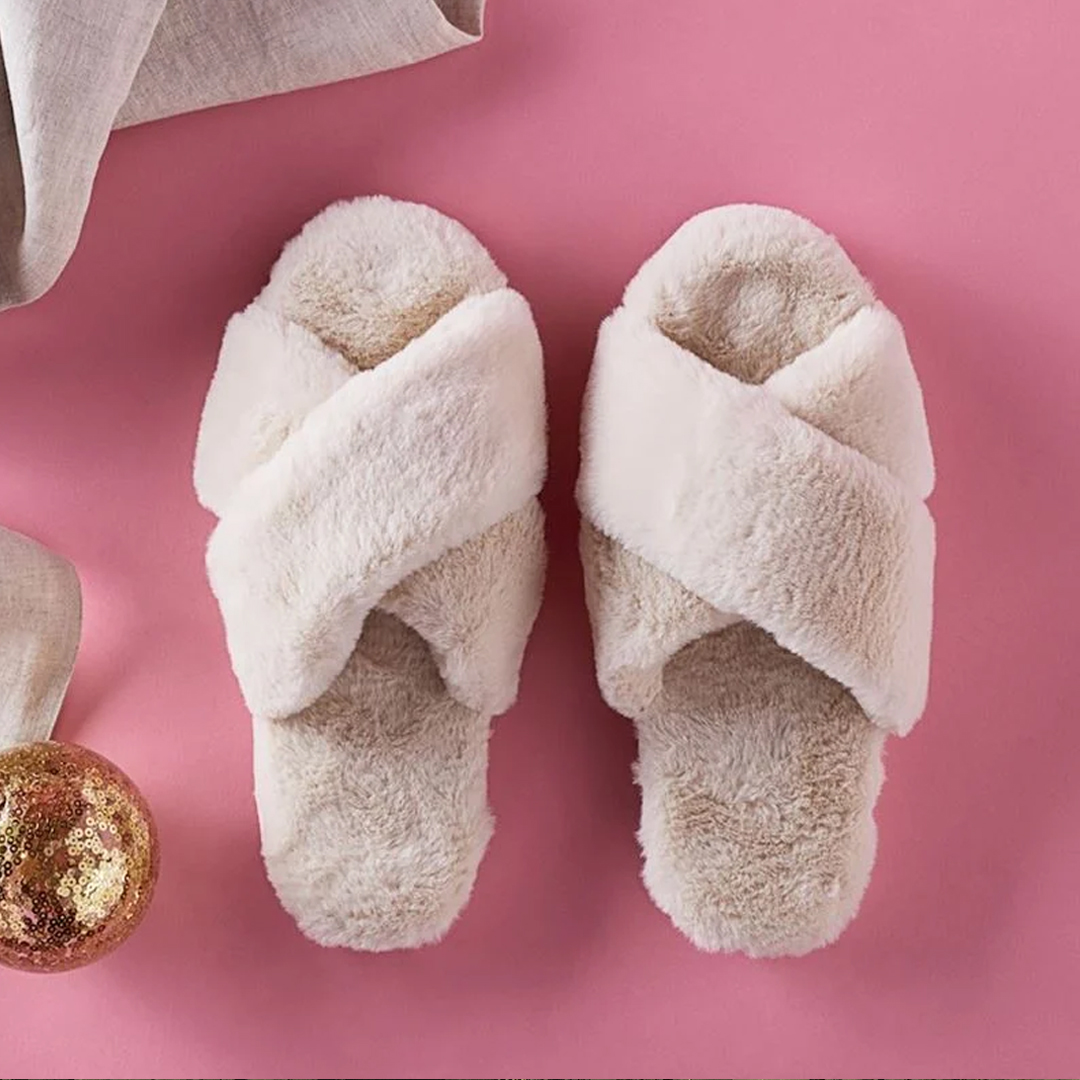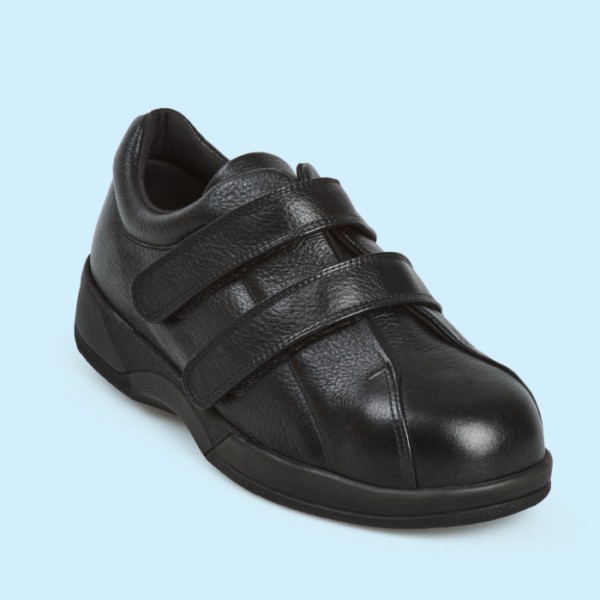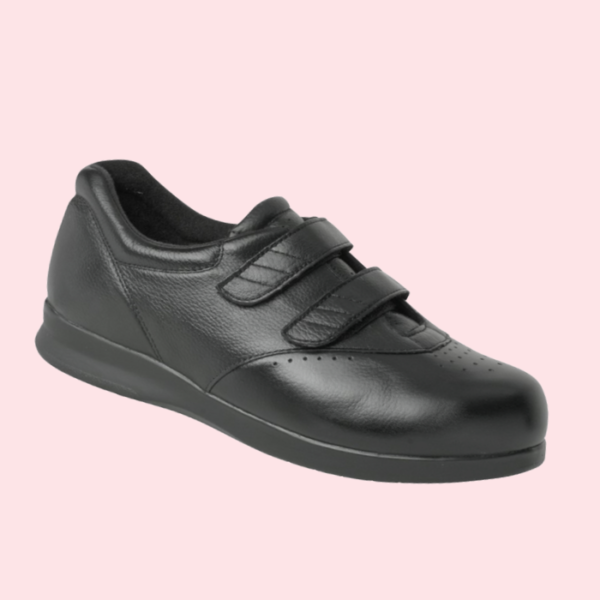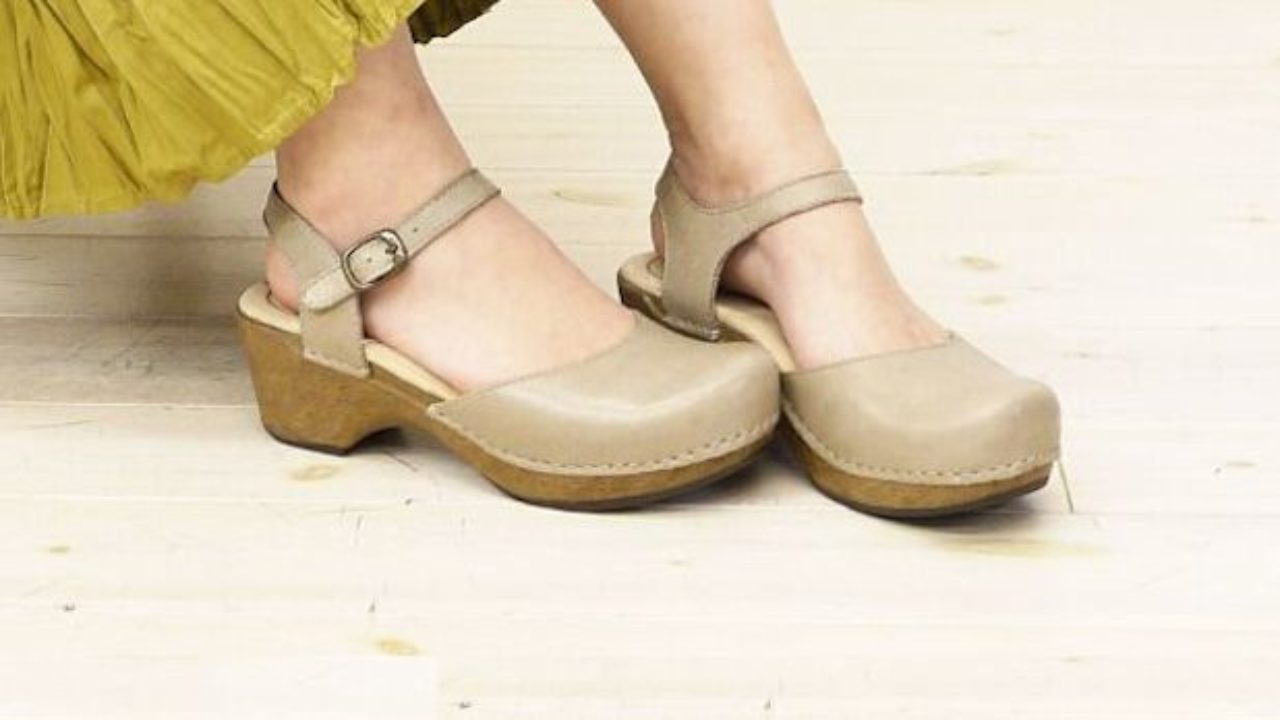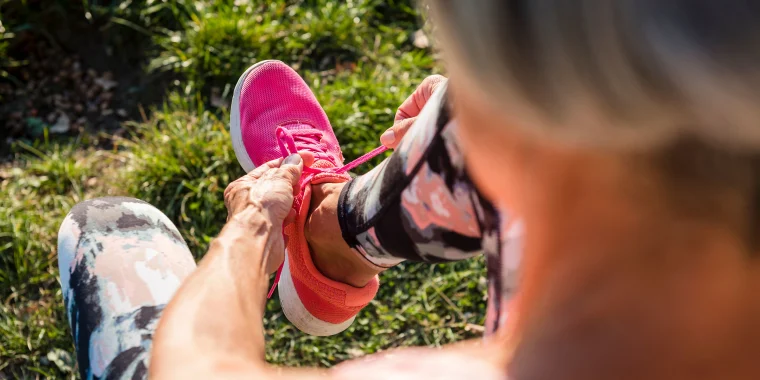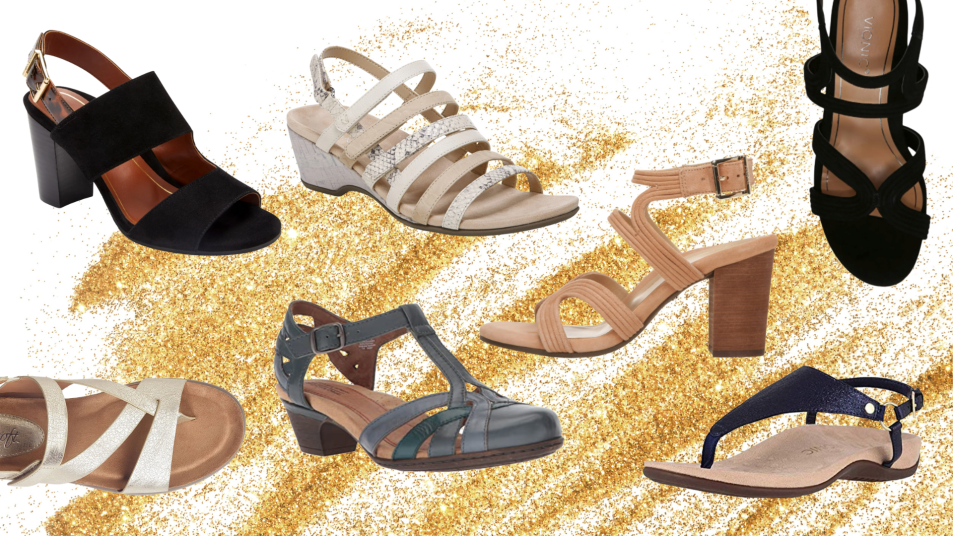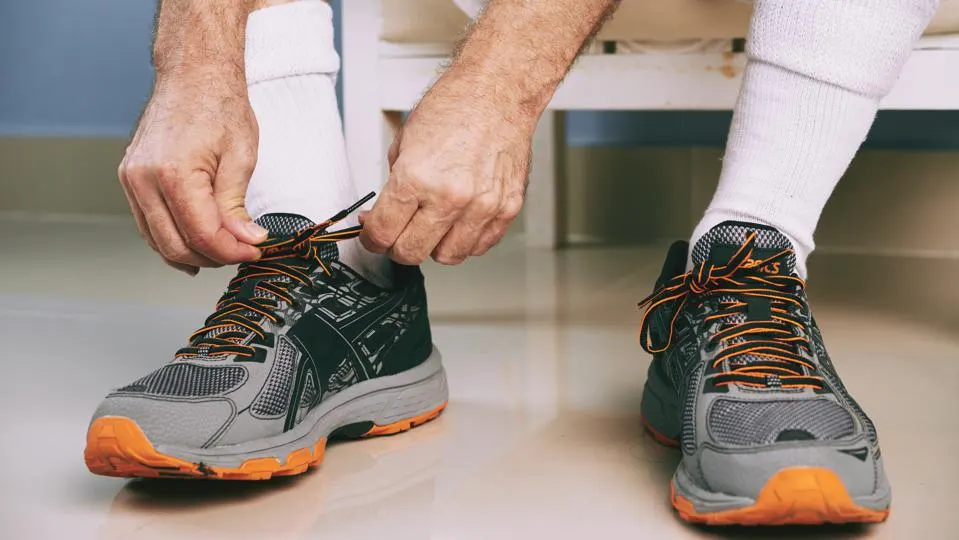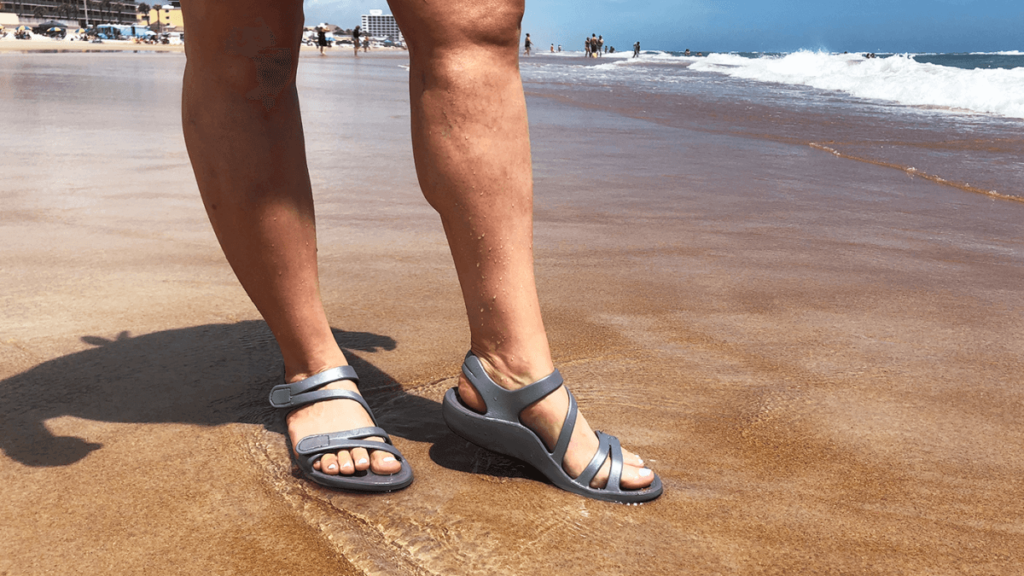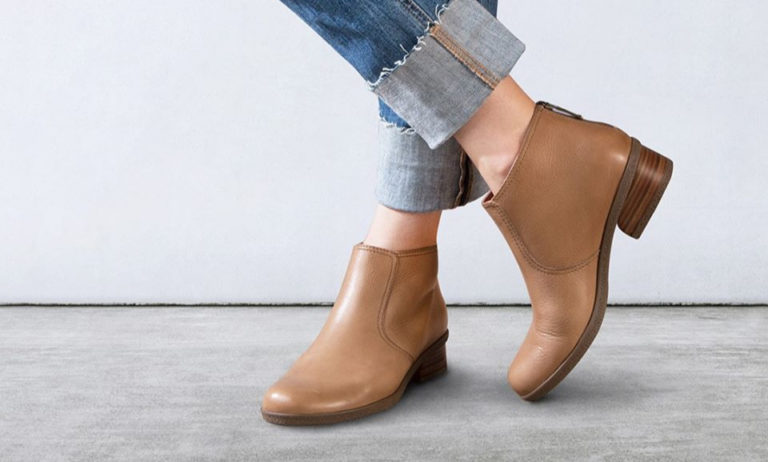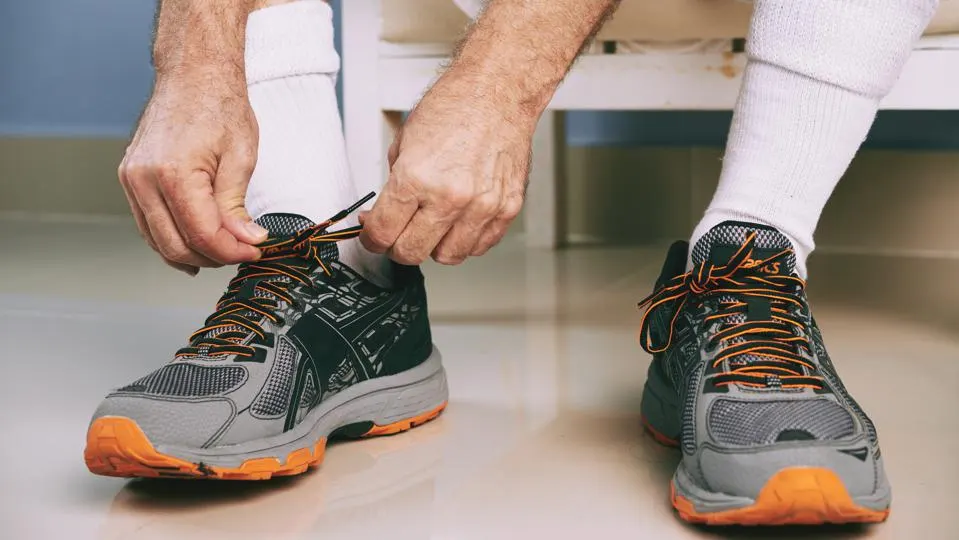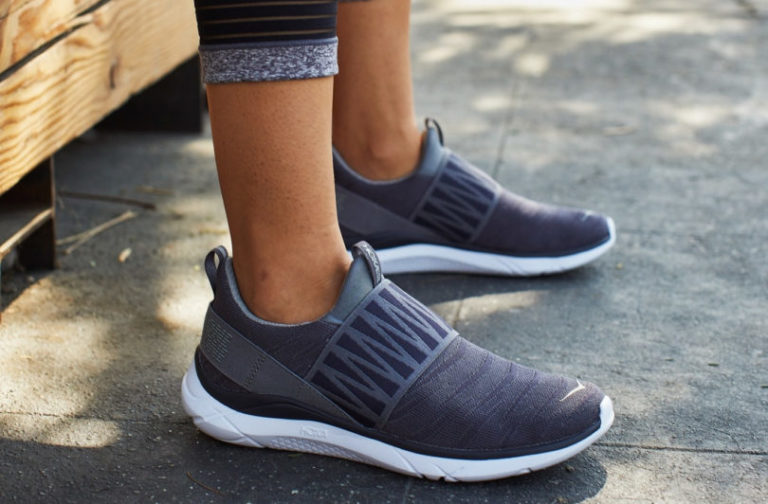Do you suffer from bunions? Then you know just how hard it can be to find comfortable and stylish shoes that fit properly and reduce foot pain. Fortunately, the answer is yes, you can have fashionable shoes for bunions that you can wear for any formal or informal event or party. These podiatrist-recommended stylish shoes provide the perfect combination of fashion and function to help alleviate the discomfort caused by bunions.
How Fashionable Shoes For Bunions Can Help Reduce Foot Pain?
In this blog post, we’ll explore the features of bunions shoes and how they can help you step up your shoe game. Bunion can be a nightmare for many and people may find it hard to find proper footwear due to their abnormal foot condition. Reality is that you have to maintain your life in all circumstances Fashionable shoes for bunions can combine style with comfort and accommodate the unique needs of individuals with bunions.
Bunion Treatment
In Australia, individuals with bunions have access to various treatment options, both non-surgical and surgical. Here are some common bunion treatments available:
Non-surgical treatments
Footwear Modifications
Wearing shoes with a wide toe box, low heels, and good arch support can help alleviate bunion symptoms. Avoiding high heels and narrow or pointed shoes is important. Wearing proper footwear is crucial for managing bunions. Opting for shoes with a wide toe box allows the toes to spread out naturally and reduces pressure on the bunion.
Low heels (ideally less than 2 inches) or flats are recommended to minimize strain on the forefoot. Good arch support helps distribute weight evenly and reduces the load on the bunion. Additionally, cushioning and shock-absorbing materials can provide added comfort.
Padding And Splinting
Various types of padding, cushions, or splints can be used to protect the bunion, reduce pressure, and promote proper alignment of the toes. Padding and splinting techniques are used to protect the bunion and relieve pressure. Gel or foam cushions can be placed over the bunion to reduce friction and provide a cushioning effect.
Toe spacers or separators can help realign the toes and reduce the pressure on the bunion. Toe splints or braces are sometimes used to hold the toe in proper alignment and relieve discomfort.
Orthotic Devices
Custom-made shoe inserts, known as orthotics, can provide support, improve foot mechanics, and reduce pain caused by bunions. Orthotic shoe inserts are custom-made to provide support and improve foot mechanics. They can help stabilize the foot, redistribute pressure, and correct any biomechanical issues contributing to the development or progression of bunions. Orthotics may be made of soft materials for cushioning or rigid materials for structural support, depending on individual needs.
Medications
Over-the-counter pain relievers, such as acetaminophen or non-steroidal anti-inflammatory drugs (NSAIDs), can help manage pain and reduce inflammation. Over-the-counter pain relievers, such as acetaminophen or NSAIDs like ibuprofen, can help manage bunion pain and reduce inflammation. It’s important to follow the recommended dosage and consult a healthcare professional if you have any underlying health conditions or are taking other medications.
Physical Therapy
Certain exercises and stretches may be recommended to improve foot function, strengthen muscles, and enhance flexibility. Physical therapy can play a significant role in managing bunions. A physical therapist can provide specific exercises and stretches to improve foot strength, flexibility, and range of motion. Strengthening exercises target the muscles around the foot and ankle to provide better support.
Stretching exercises help maintain or improve the flexibility of the toes and the joint involved in the bunion. Physical therapy may also include manual techniques and recommendations for footwear and orthotic use.
Surgical treatments:
Bunionectomy
This surgical procedure involves removing the bony prominence (bunion) and realigning the affected joint. Different techniques may be employed based on the severity of the bunion and individual factors.
Osteotomy
In this procedure, the surgeon cuts and repositions the bones to correct the misalignment. It may involve removing a portion of the bone or adding a small plate or screw for stability.
Arthrodesis
In cases of severe deformity or arthritis, fusion of the affected joint may be performed to alleviate pain and improve joint function.
Tendon repair or transfer
If the bunion is causing significant imbalance or instability, the surgeon may repair or transfer tendons to restore proper alignment and function.
It’s important to note that the suitability of surgical treatment options and the decision to undergo surgery should be made in consultation with a qualified orthopedic surgeon or podiatrist. They will assess the severity of the bunion, consider individual factors, and recommend the most appropriate treatment approach.
It’s also worth mentioning that conservative, non-surgical treatments are typically attempted before considering surgery. However, in cases where non-surgical options fail to provide relief or when the bunion causes significant pain, deformity, or difficulty in daily activities, surgical intervention may be recommended.
When it comes to the treatment of bunions, there are both non-surgical and surgical options available. Non-surgical approaches are typically the first line of treatment and may include:
Footwear modifications
Wearing shoes that have a wide toe box, provide ample space for the toes, and avoid high heels can help reduce discomfort.
Padding and splinting
Various types of padding or splints can be used to cushion the bunion, reduce pressure, and realign the toe joint.
Medications
Over-the-counter pain relievers and anti-inflammatory drugs can help alleviate pain and inflammation associated with bunions.
Orthotics
Custom shoe inserts, also known as orthotics, can provide support and alleviate pressure on the bunion.
In more severe cases, or if conservative measures fail to provide relief, surgery may be considered. Bunion surgery aims to realign the toe joint, remove the bony bump, and correct any underlying structural issues.
When buying shoes for bunions, it’s important to consider certain features to ensure comfort and minimize pressure on the affected area. Here are some features to look for:
Arch Support
Shoes with good arch support can reduce stress on the foot and improve overall comfort. Shoes with good arch support can help distribute weight evenly across the foot, reducing stress on the bunion and promoting proper alignment. Arch support helps maintain the natural arch of the foot and prevents overpronation (excessive inward rolling of the foot). By providing support to the arch, these shoes can help alleviate discomfort and reduce the risk of developing additional foot problems.
Proper arch support can also improve overall foot biomechanics, enhancing stability and reducing the strain on the surrounding ligaments, tendons, and muscles. This can contribute to better foot function and reduce the progression of bunion deformity.
Cushioned Sole
Shoes with a cushioned sole can absorb shock and reduce pressure on the foot, making them more comfortable to wear. Shoes with a cushioned sole offer additional shock absorption, reducing the impact on the foot with each step. The cushioning helps to absorb and disperse the forces generated while walking or running, thereby reducing pressure on the bunion and providing enhanced comfort.
A cushioned sole can also help alleviate pain caused by the bunion by providing a soft and supportive surface for the foot. This is particularly beneficial for individuals with bunions who may experience increased sensitivity or discomfort in the affected area.
Additionally, a cushioned sole can provide some degree of protection from uneven surfaces and reduce the risk of developing calluses or corns on the bunion or other pressure points on the foot.
Wide toe box
Look for shoes that have a spacious toe box to accommodate the bunion and prevent crowding of the toes. A spacious toe box is essential to provide ample room for the bunion and toes. Look for shoes that allow your toes to move freely without any compression or rubbing.
Soft and flexible materials
Shoes made from soft and flexible materials can help prevent friction and irritation on the bunion. Shoes made from soft and flexible materials, such as leather or stretchy fabrics, can help prevent friction and irritation on the bunion area. Avoid stiff or rigid materials that may cause discomfort.
Adjustable closures
Shoes with adjustable closures like Velcro straps or laces allow for a customized fit, accommodating the bunion and providing better support. Shoes with adjustable closures like Velcro straps, buckles, or laces offer a customized fit and allow you to accommodate the bunion’s size and shape. These closures also provide stability and support.
Cushioned insoles: Look for shoes with cushioned insoles that offer extra padding and shock absorption. This can help alleviate pressure on the bunion and provide overall comfort.
Supportive arch
Shoes with good arch support can help distribute weight evenly and reduce pressure on the bunion. Shoes with good arch support and a supportive sole can help distribute weight evenly and reduce stress on the bunion area. Look for shoes with adequate arch support or consider adding orthotic inserts for additional support.
Low heels or flat shoes
Opt for shoes with low heels or flats to minimize the strain on the forefoot.
High heels can exacerbate bunion pain and discomfort. Opt for shoes with low heels or flats, as they put less pressure on the forefoot and promote proper.
Stylish Design of Fashionable Shoes For Bunions
Fashionable shoes for bunions don’t have to compromise on style. Look for shoes with trendy designs, colors, and embellishments that suit your personal style and preferences. Many footwear brands now offer stylish options specifically designed for individuals with bunions.
Proper sizing
Ensure that the shoes fit properly and don’t squeeze or constrict the bunion area. It’s also recommended to try on shoes in the afternoon or evening when feet tend to be slightly more swollen, as this can help gauge the best fit.
Remember, it’s always a good idea to consult with a healthcare professional, such as a podiatrist, for personalized advice on managing bunions and selecting appropriate footwear.
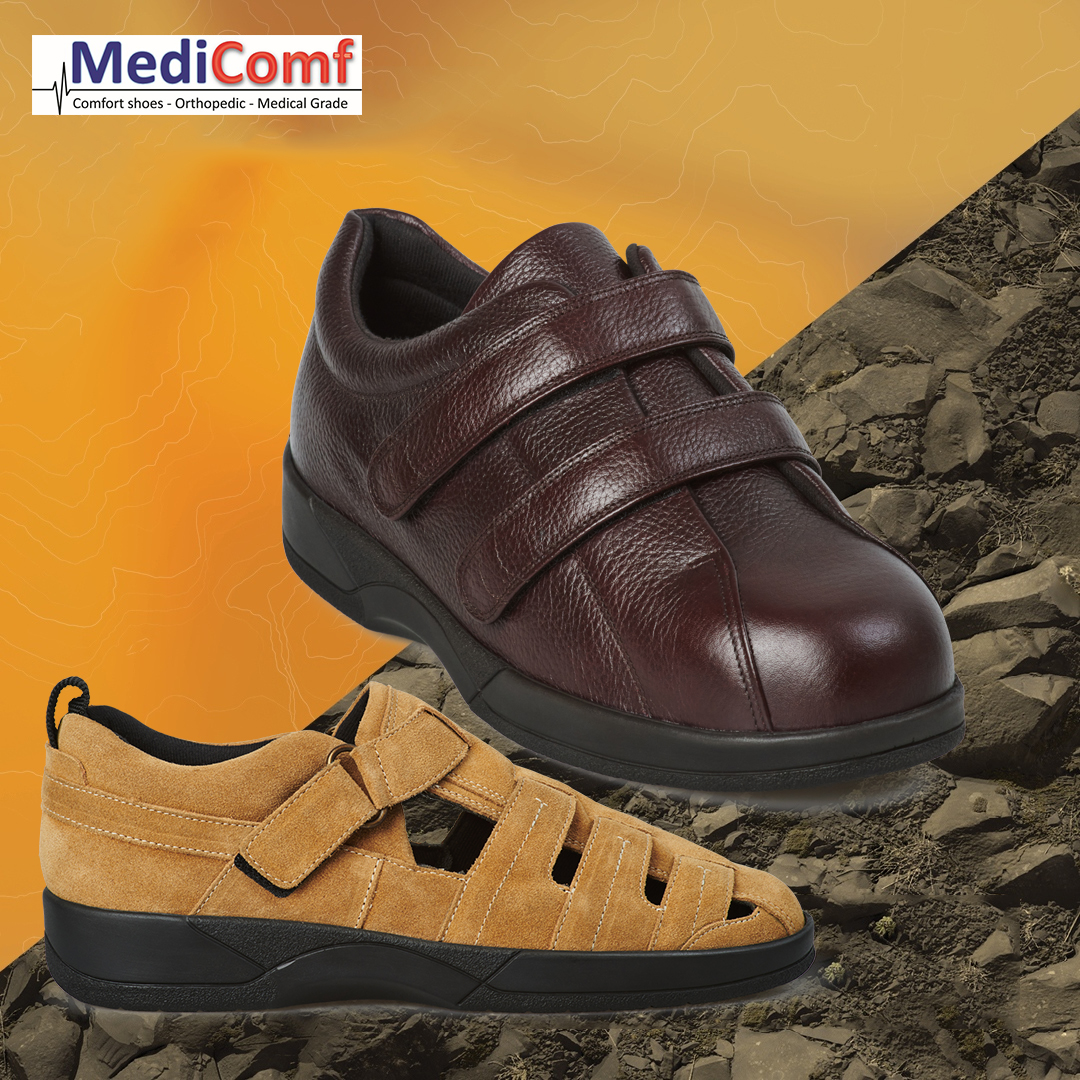
Shoes
